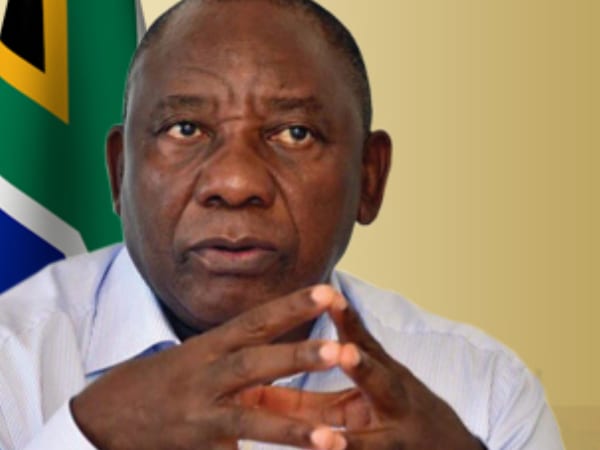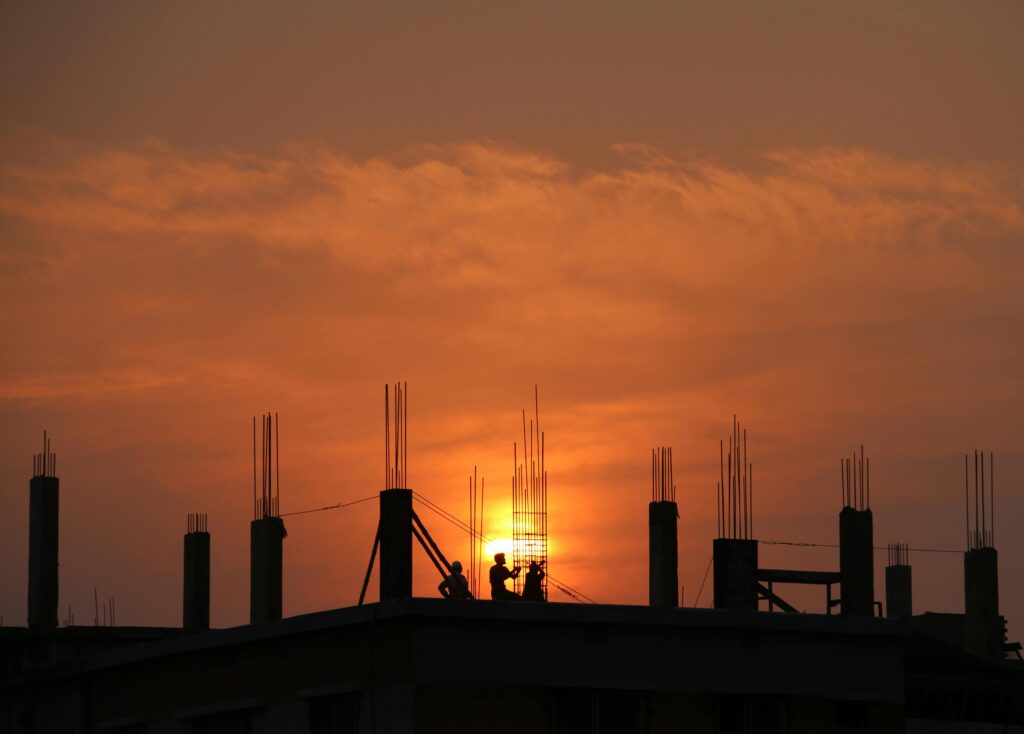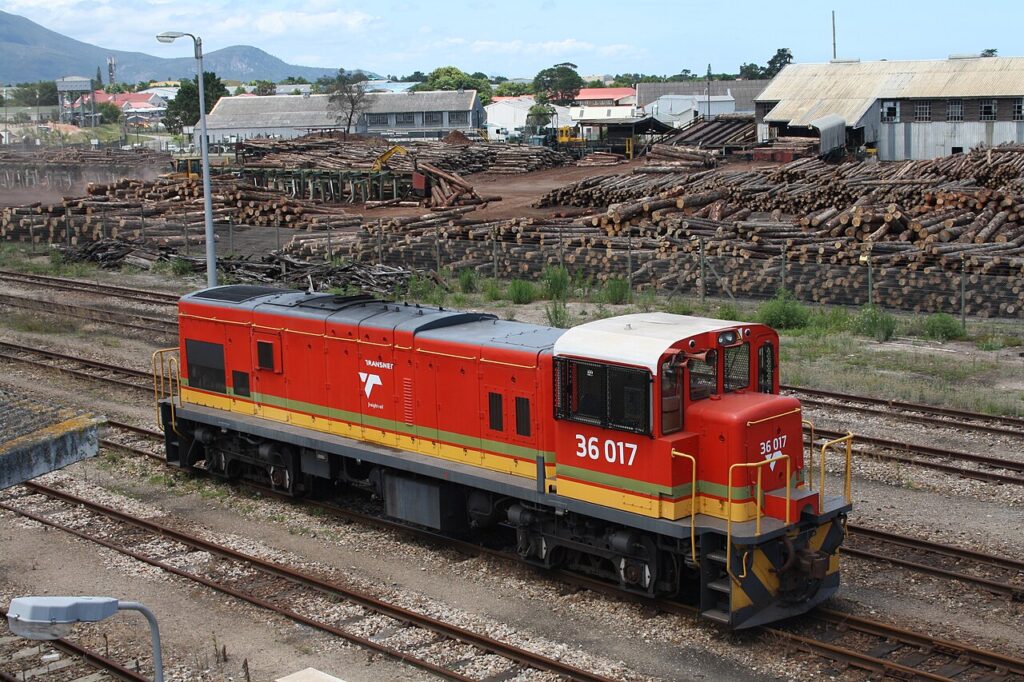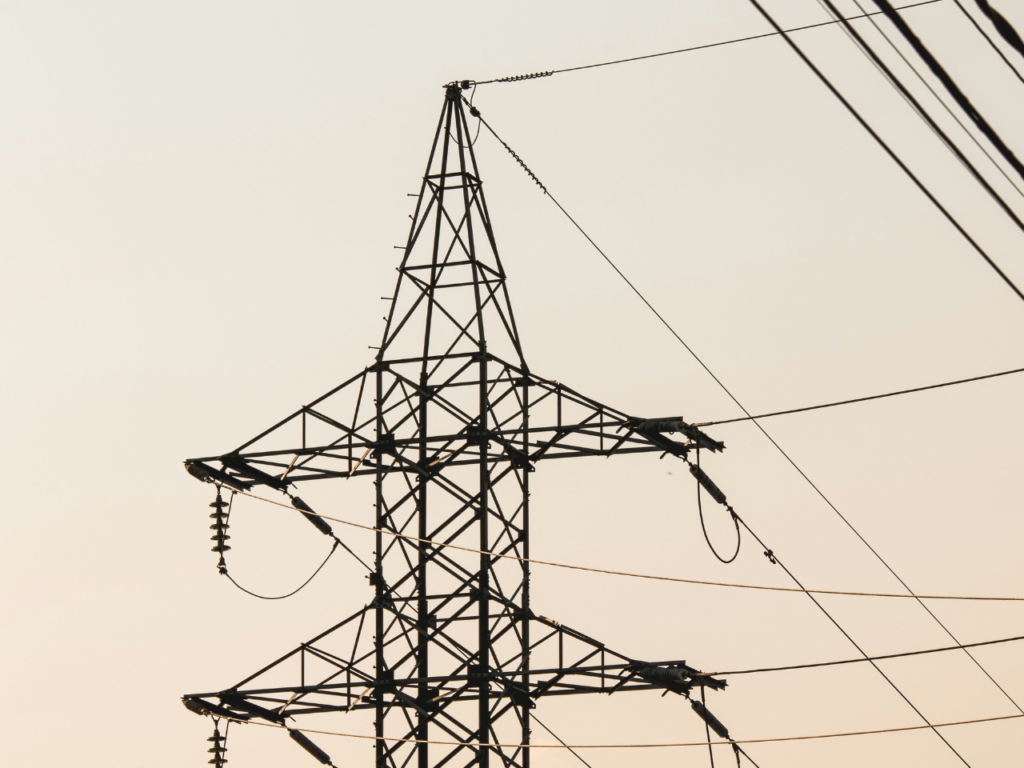The 2025 state of the nation address was a call for collaboration across the sectors, both public and private, to pull together in order to grow South Africa’s economy.
President Cyril Ramaphosa highlighted the backdrop that South Africa finds itself on is a difficult one, “There are global fundamental shifts underway that affect every aspect of human life. From the growing impact of climate change to rapid advances in artificial intelligence, and geopolitical tensions.” South Africa’s path forward hinges on a commitment to building the economy, and infrastructure is the mechanism the president will rely on.

President Cyril Ramaphosa delivers the state of the nation address, spending much time explaining how infrastructure projects will boost South Africa.
Municipal focus
Speaking to problems that plague municipalities, and in turn the problems these municipalities pose, the president says, “Many municipalities have not reinvested the revenue they earn from these services into the upkeep of infrastructure. Starting this year, we will work with our municipalities to establish professionally managed, ring fenced utilities for water and electricity services to ensure that there is adequate investment and maintenance.” Municipalities have posed a significant problem to the functionality of infrastructure in South Africa, and highlighting them as a key focus area, specifically around water and energy, is a positive step in bringing South Africa into a new era.

Municipalities will receive support and oversight in for their infrastructure needs.
Infrastructure as the bedrock of economic growth
Simply put, President Ramaphosa says that in order to achieve the vision of “an economy that benefits all South Africans” there must be a significant investment in infrastructure. Some of the key plans the presidents highlights are:
- Securing g local and international financial institutions and investors to unlock R 100 billion in infrastructure financing.
- Reliance of the fast-tracked project preparation bid window launched last year.
- Revised regulations for public private partnerships, which will unlock private sector
- expertise and funds.
- Government will spend more than R940 billion on infrastructure over the next three years. This includes R375 billion in spending by state owned companies.
In 2025 There will be a focus on water and sanitation, transport, health and energy projects. Some of the projects highlighted by the president were the Mtentu Bridge and the Polihlali Dam will feed 490 million cubic metres of water a year from the Lesotho Highlands into the Vaal River system. “These infrastructure projects coupled with the successes of our reforms through Operation Vulindlela have created a new sense of optimism and confidence in our economy. Over the coming year, we will initiate a second wave of reform to unleash more rapid and inclusive growth” The president states, “This funding will revitalise our roads and bridges, build dams and waterways, modernise our ports and airports and power our economy.”

Infrastructure investment on the cards for 2025
State-owned enterprises
State owned enterprises (SOE) have been a thorn in South Africa’s growth, the president cites load shedding, lack of payment, high debt and inefficiency as the root causes of the overarching problems with SOEs.
Regarding SOEs, President Ramaphosa explains, “Our immediate focus is to enable Eskom, Transnet and other state-owned enterprises that are vital to our economy to function optimally. We are repositioning these entities to provide world-class infrastructure while enabling competition in operations, whether in electricity generation, freight rail or port terminals. We continue with the fundamental reform of our state owned enterprises to ensure that they can effectively fulfil their social and economic mandates. This includes the work underway to put in place a new model to strengthen governance and oversight of public entities. We will ensure public ownership of strategic infrastructure for public benefit while finding innovative ways to attract private investment to improve services and ensure public revenue can be focused on the provision of public services. We are in the process of establishing a dedicated SOE Reform Unit to coordinate this work.”
Speaking specifically to the logistics sector, “ we are revitalising our port terminals and rail corridors through the Freight Logistics Roadmap, leveraging private capital to restore them to world class standards. Transnet’s performance has stabilised and is steadily improving. We released a Network Statement in December 2024 which, for the first time, will enable private rail operators to access the freight rail system. Open access to the rail network will allow train operating companies to increase the volume of goods transported by rail, while our network infrastructure remains state owned. This will ensure that South African minerals, vehicles and agricultural produce reach international markets, securing jobs and earning much needed revenue for our fiscus. New cranes and other port equipment are being commissioned to speed up the loading and unloading of cargo and reduce waiting times for ships in our ports.”

Transnet’s ongoing reform could prove positive for South Africa in 2025
Energy infrastructure
Focusing on the Electricity Regulation Amendment Act and the broader Just Energy Transition, President Ramaphosa states that South Africa will have a competitive and greener electricity market, saying that this act is the “beginning of a new era.” “This year, we will put in place the building blocks of a competitive electricity market. Over time, this will allow multiple electricity generation entities to emerge and compete. We will mobilise private sector investment in our transmission network to connect more renewable energy to the grid. As we reform our energy system, we are continuing to build successful multilateral partnerships in the global effort to halt the devastating impact of climate change .We are determined to meet our carbon reduction commitments, and will do so at a pace and scale that our country can afford.”

South Africa’s energy sector is set to expand in 2025, providing relief to Eskom.
Water infrastructure
Coming off of a shaky 2024, with a broader water crisis and a specific Gauteng water crisis, water has a key role in securing the safety and health of South Africans and the economy. “We are investing heavily in expanding our water resources. To date, the Infrastructure Fund has secured R23 billion for seven large water infrastructure Projects. We have ended delays in major water infrastructure projects like Phase 2 of the Lesotho Highlands Water Project and the uMkhomazi Dam. Work is underway to prepare for construction of the Ntabelanga Dam on the uMzimvubu River to supply additional water for domestic use and for irrigation in the Eastern Cape. Within the next year, we will complete the establishment of the National Water Resource Infrastructure Agency to unlock much greater investment in water projects. Through the Water Services Amendment Bill, we will introduce a licensing system for water service providers and remove licenses where providers do not meet the standards for quality drinking water.”

South Africa’s water infrastructure is set to stabilise in 2025 when key projects are completed.
Digital infrastructure
The fourth industrial revolution brings the promise of hyper-connectivity but many in South Africa don’t even have access to basic internet functions. To address this President Ramaphoa says, “We will invest in digital public infrastructure to give South Africans access to government services anytime, anywhere, through a relaunched gov.za platform. At the heart of this transformation will be the implementation of a digital identity system. These measures will transform the relationship between citizens and government, and create one government that is accessible to every person at a touch. We want a nation with a thriving economy that benefits all. To create this virtuous cycle of investment, growth and jobs, we must lift economic growth to above three percent.”

Not content in being left behind, South Africa will invest in its digital infrastructure.
While Ramaphosa has set 3% growth as the ideal target, economists are less optimistic and predict a 1.4- 2% increase. Importantly these economists hinge the high growth rates on the success of the various infrastructure projects that South Africa is implementing. The takeaways from this SONA, is that there will be significant investment into the infrastructure of South Africa as well as more reliance on the private sector as the electricity and rail sectors open up.










